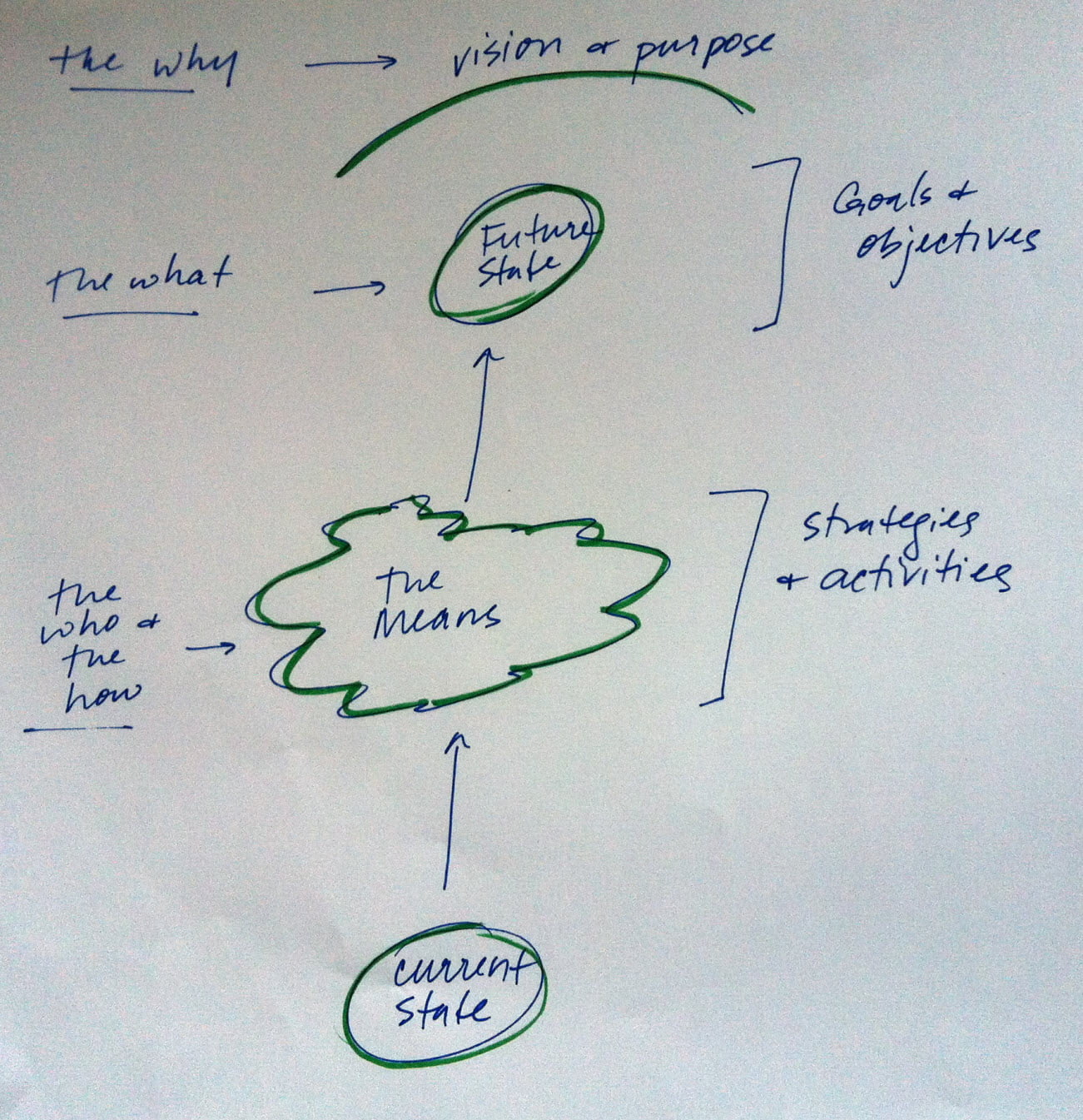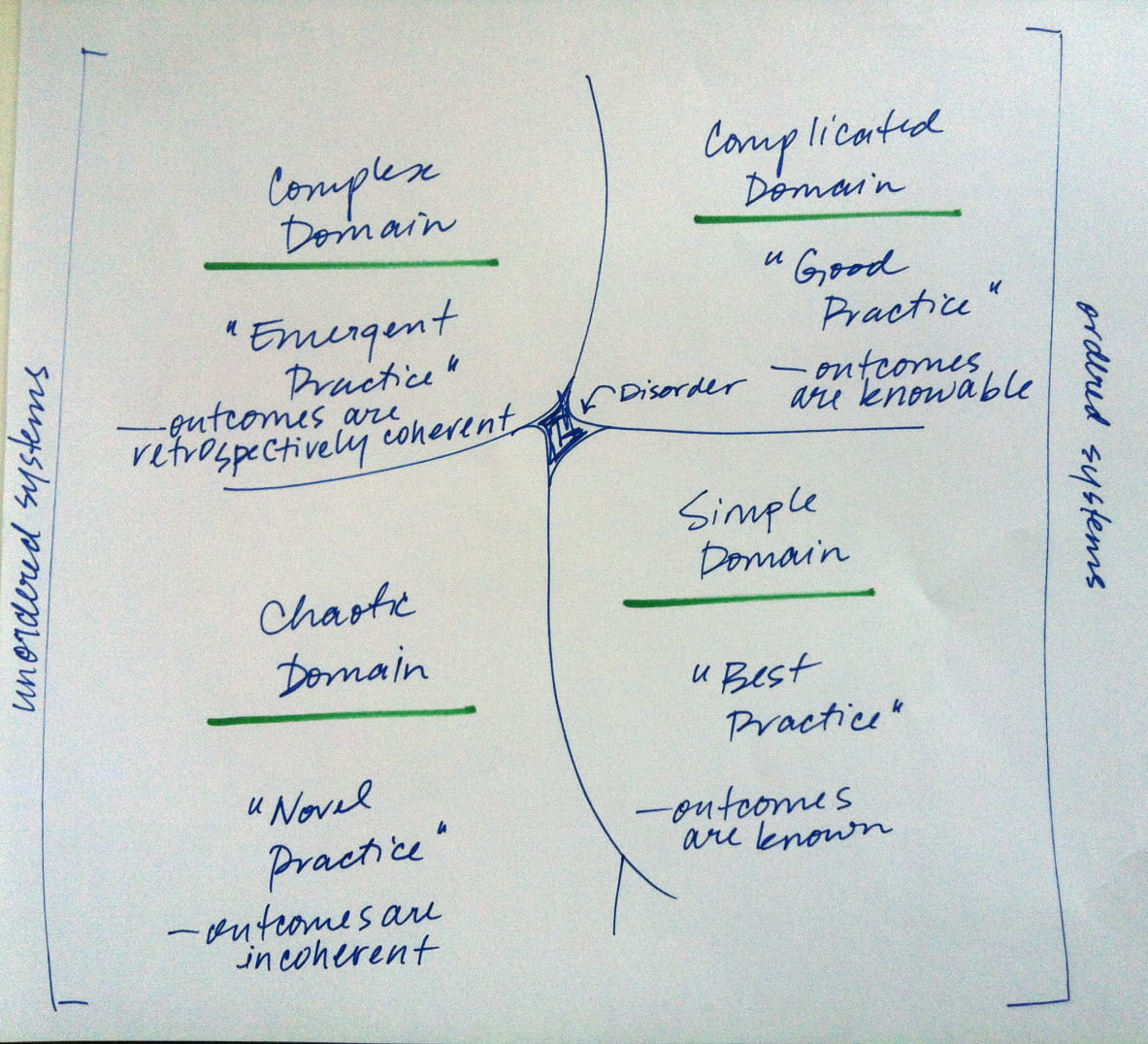I’m sick of hearing about SharePoint adoption* and the mystical yet seemingly practical three, five or ten things that every portal manager* must do to get people to use SharePoint. It seems like the blog/conference/webinar hot topic that just won’t die.
Adoption, I suppose, is the holy grail of portal implementations, but if that’s really what we’re aiming for, why are we SO BAD at getting there? I’m glad you asked, because as someone who is involved with sustainment and portal management*, I’ve got a few thoughts about this.
1. People use technology because it makes their lives better or because someone forced them to use it.
On first read, this may seem vastly over-simplified. There is one caveat related to people adopting technology if it makes their lives better. The value delivered to me (“making my life better”) has to be greater than the investment required to learn and master the technology. If it saves me 30 minutes a week but I have to invest what seems like days up front to learn how to use the technology, I won’t feel that it makes my life better. The perceived benefit just feels less than the time and effort invested to learn and master the technology. If however the perceived benefit is greater than the time and effort invested to learn and master the technology, I’ll start using it.
Value is a tricky thing and uncovering it isn’t always easy. There are three types of value that your portal can deliver: value to me, value to the collective good, and value to the business. Value that the portal delivers to me and value that the portal delivers to the collective good needs to make our lives better.
The onus is on the portal manager to figure out what value to people in the organization and value to the collective good actually means.
Value that the portal delivers to the business probably isn’t going to make my life as an employee any better (i.e. records management). While business value is an important benefit of a portal, if that’s the only benefit, you’ll have to force people to use the portal; that’s not the right way to go about making a portal the hub of a business.

2. People should be using your portal because it creates value. Adoption is not an end state.
Adoption should not be a specific activity (a means to an end), or a goal (an end state). Adoption should be a side effect of delivering value to your employees and the business. You should continuously look to find more pockets of value within your portal.
Adoption for adoption’s sake will just have every employees’ browser home page set to the landing page of your portal.
In fact, I don’t think we should be talking about adoption at all. We should be talking about where we are, where we're going, and how we’re going to get there.

3. Your portal exists in a complicated complex system. There are no best practices.
I feel like I knew this all along, but the work of David Snowden and the Cynefin Framework has helped me articulate this truth. There are certain components of managing a portal that rely on best practice. These components exist in an ordered environment where the relationship between cause and effect is clearly known and the actions required are known, articulated, and repeatable (i.e. SharePoint deployments).
Anything related to people and their business is complex. There are so many factors at play that the relationship between cause and effect is not known until after something happens. Portal managers cannot possibly apply best practices to systems that have almost infinite facets at play.

So where do we go from here?
I believe that instead of focusing on SharePoint adoption, the conversation should be focused on understanding value for me, for the collective good, and for the business. We should also strive to articulate the vision and goals for the portal. Finally, we need to remember to cycle through different activities, techniques, and tools in our complex environment to constantly reflect on our impact and fine-tune as we go.
It’s not easy, and there are no quick fixes or magic techniques. There needs to be constant portal management and a portal manager to make this kind of impact on your organization.
Definitions
Portal manager
The person (or persons) tasked with leading all aspects of portal advocacy and administration. This can include support, maintenance, release management, budgeting, promotion, prioritization, change management and strategic planning.
Portal management
The activities undertaken in an effort to increasingly capture business value from a portal. These activities include effective service delivery, tying all initiatives to business outcomes, providing the right level of change management, and bridging the gap between business needs and the capabilities of the technology platform.
SharePoint adoption
An increase in the number of page views and item interactions that your SharePoint implementation receives.
Sustainable adoption
A state in which you are constantly evolving how users are interacting with your portal and growing the impact it has on engagement, productivity, and collaboration.



.jpeg?bc=white&la=en&mw=416&modified=20251202191043&hash=E64AA9DFFAE8D1AC27890831F714D5B0FA2FEBB2)

